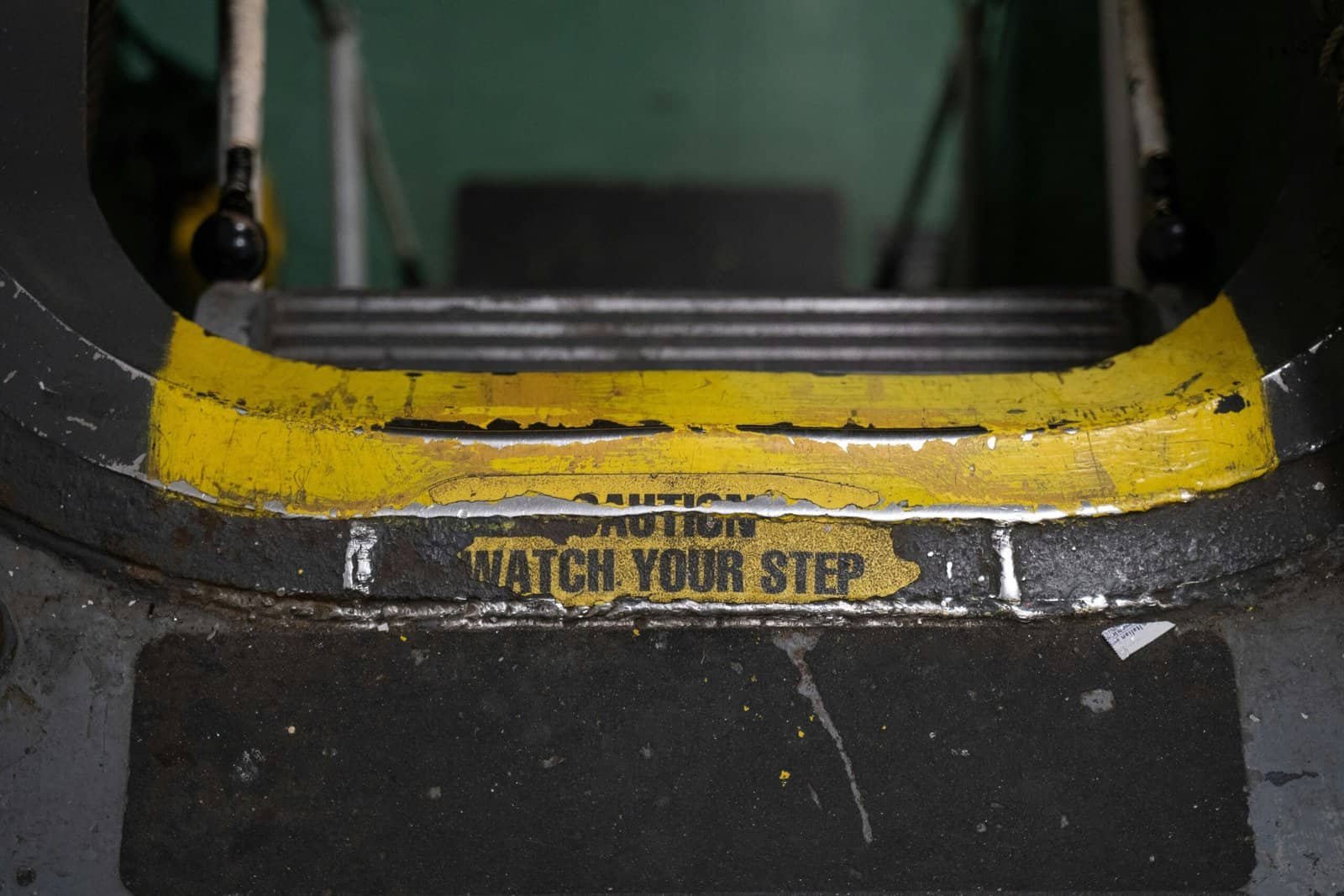Have you ever found yourself wondering where you can find templates for well maintenance logs? It’s a common question for many professionals and businesses involved in managing water wells. Keeping track of maintenance not only helps in upkeep but also ensures safety and efficiency. So, how do you approach finding these templates, and what should you look for? Let’s embark on this journey to understand what well maintenance logs entail and where to find the essential templates you need.

Understanding Well Maintenance Logs
Before you can find or even use a template, it’s crucial to understand why well maintenance logs are important. These logs serve as records for all the maintenance activities performed on a well, helping to track its performance, detect issues early, and maintain compliance with regulatory requirements.
Importance of Well Maintenance Logs
Well maintenance logs are essential for the longevity and functionality of any well. They ensure that everything from regular servicing to unexpected repairs is documented. This documentation can be critical for planning future maintenance, budgeting, and even resale values in some cases. Well logs also provide a legal record that can be necessary for compliance with local and federal environmental and safety standards.
Components of Well Maintenance Logs
Typically, a well maintenance log includes sections like:
- Date of Maintenance: When was the maintenance carried out?
- Type of Maintenance: What kind of activity was performed?
- Identified Issues: Were there any issues detected during maintenance?
- Performed Actions: What actions were taken to resolve issues?
- Technician Name: Who performed the maintenance?
- Follow-up Required: Are there any actions required before the next scheduled maintenance?
These sections help ensure that nothing is overlooked and that a clear record is maintained.
Sources for Finding Well Maintenance Log Templates
Knowing where to find the right templates can save a lot of time and ensure you have a comprehensive log suited to your needs. Below are several sources that are worth considering:
1. Industry Websites
Many industry-specific websites offer free resources and templates. For instance, if your focus is on agricultural or environmental wells, checking niche organizations that support these sectors can be beneficial.
2. Government Agencies
Some government websites provide templates and guidelines specifically for well maintenance. Organizations like the Environmental Protection Agency (EPA) or your local water authority may have resources or links to templates that meet regulatory standards.
3. Template Marketplaces
Online marketplaces like Template.net or Office.com offer a variety of templates for a range of purposes, including well maintenance logs. They often provide customizable options, letting you tailor the log to better fit your specific needs.
4. Software Solutions
There are software solutions tailored for well management which include template offerings as part of their package. These can include features like automated reminders for upcoming maintenance and easy data input from mobile devices.
5. Professional Associations
Associations related to the water well industry often provide templates as part of membership benefits. They can also offer guidance tailored to your specific industry or use case.

What to Look for in a Good Template
Not all templates are created equal. To ensure you get a template that works well for you, consider the following aspects:
Customizability
A good template should be easily customizable. This allows you to add or modify sections according to the specific requirements of your well operations and regulatory compliance needs.
Comprehensive Details
Make sure the template you choose includes all the necessary sections for thorough documentation. Blank fields for dates, types of maintenance, issues identified, actions taken, technician information, and notes for follow-up work are essential.
Ease of Use
The template should be straightforward and easy to fill out. This ensures that whoever is responsible for scheduling and documenting maintenance can do so with minimal training or explanation.
Digital Compatibility
Ideally, look for templates that are compatible with digital platforms. This allows for easier tracking, sharing, and storage. Digital formats also enable you to integrate the template with software solutions for a more streamlined process.

How to Use Templates for Effective Maintenance Tracking
Once you have a suitable template, how you use it can greatly impact its effectiveness in keeping your maintenance on track.
Establish a Routine
Set regular intervals for filling out the maintenance logs. Whether maintenance is monthly, quarterly, or annually, having a routine helps ensure consistency and thoroughness.
Train Your Team
Ensure that everyone utilizing the maintenance logs understands how to fill them out correctly. This training can prevent mistakes and ensure that all relevant information is captured.
Monitor and Adjust
Regularly review your maintenance logs to gain insights into recurring issues or inefficiencies. If certain parts of the log are consistently incomplete, it may indicate a need to adjust either the template or your maintenance practices.
Benefits of Keeping Detailed Well Maintenance Logs
Maintaining detailed logs extends beyond compliance. It can save you time and resources by providing a historical record that is invaluable for troubleshooting unexpected issues.
Prolonged Equipment Life
Regular maintenance documented in well-kept logs ensures that equipment is running smoothly, reducing the likelihood of major breakdowns. Minor issues are often detected and resolved before they escalate into more significant problems.
Financial Savings
Meticulous documentation helps in budgeting for future maintenance needs. It also reduces emergency repair costs, which are typically more expensive than planned maintenance.
Enhanced Safety
Well maintenance logs contribute to system safety by tracking and documenting regular inspections and repairs. This proactive approach helps detect potential safety hazards early.
Compliance and Legal Protection
For many industries, maintaining accurate records is not just good practice – it is a requirement. Keeping detailed logs helps you stay compliant with regulations and can protect you legally should any disputes arise over system failures.

Challenges You Might Face
While having a template is beneficial, you may encounter some challenges in maintaining these logs effectively.
Inconsistent Entries
Different technicians may have varying levels of detail in their entries. Standardizing training and expectations can help remedy this issue.
Lost Data
Maintaining physical logs can risk data loss due to damage or misplaced records. Digital solutions can offer cloud storage backups that prevent such losses.
Resistance to Use
Staff may initially resist using new templates, especially if they are unfamiliar or cumbersome. Involving team members in the selection and customization of templates can ease this transition.
Conclusion
Finding and using the right template for well maintenance logs can greatly enhance your capacity to manage and maintain wells effectively. With the right resources, these logs become powerful tools for extending the life of your equipment, saving you money, and ensuring the safety and reliability of your operations. Remember, a well-maintained log is the backbone of any well maintenance program, providing not just documentation, but the insights you need for continued success. So, take your time in selecting a template and make it an integral part of your maintenance strategy.


